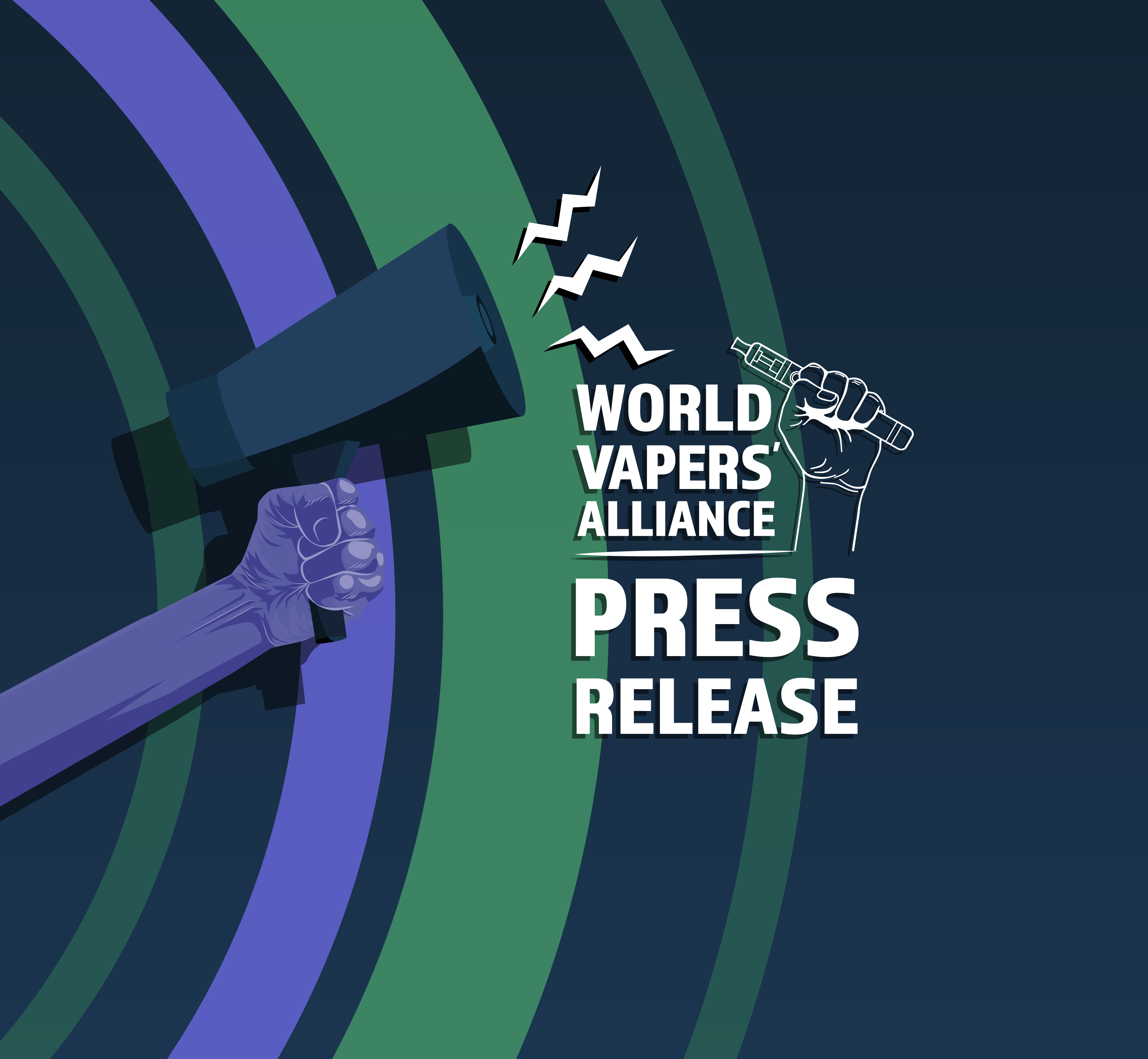Sweden’s harm reduction strategy to combat smoking-related deaths and improve public health is an inspiring model that has saved millions of lives. Sweden’s result towards achieving a smoke-free society is a success story and an exemplary model for countries around the world, especially in Africa, to adopt in their ongoing efforts towards reducing the health impact of smoking.
Sweden is set to drop below a 5% tobacco smoking prevalence rate in the next few months. This is the level at which a country is considered officially smoke-free; no other member of the European Union is close to matching Sweden’s achievement, and none is even on track to do so by the EU’s target of 2040 in 17 years’ time. Africa lags even further behind, with a smoking rate approximately five times higher than that of Sweden.
Today, Sweden has a 41 percent lower incidence of cancer than other European countries and a 39 percent lower mortality rate than the European average from all smoking-related diseases. These achievements highlight Sweden’s smoke-free strategy and underscores the potential benefits of adopting a similar approach in Africa, where the average smoking prevalence rate is 18.5%.
The Swedish model of tobacco Harm reduction is the acceptance of less harmful alternatives like snus and nicotine pouches and ensuring that those alternatives are known to, available, and affordable to the general public. These safer alternatives provide a pathway for tobacco smokers to transition away from combustible cigarettes to non-combustible tobacco or nicotine alternatives that significantly reduce the exposure to harmful chemicals produced due to combustion.
In some African cultures, smokeless tobacco products have been used traditionally and are more socially acceptable than smoking. Introducing oral nicotine products might align more closely with existing cultural practices, making them more readily accepted by the population. These products often don’t require specialized equipment like electronic cigarettes do. They can be more affordable and accessible, especially in regions where the cost of e-cigarettes might be a barrier to cessation efforts.
It would be of enormous benefit to the continent if more countries did as Sweden did with measures that reduce supply and demand while having differentiated tax rates that give smokers financial incentives to switch from cigarettes to less harmful alternatives.
Localizing these approaches to fit the cultural context, ensuring affordability and accessibility of safer nicotine products, and addressing socioeconomic factors that influence smoking habits are crucial. Additionally, collaboration with international health organizations and sharing best practices from various countries, such as Sweden, can contribute to a comprehensive approach tailored to Africa’s specific needs.
Written by Joseph Magero






Ett svar